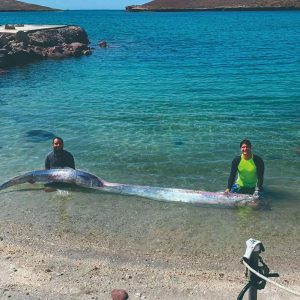
In the shallow sea, some marine animals are not big, but in the deep sea, their relatives can grow 10 times as long as them, wandering in the depths of the ocean like monsters.
Sea spider with long legs
Sea spiders slowly move their long legs and walk in the sea. Their trunk is very small. They have almost only legs up and down. They are simply a group of “long legs”.
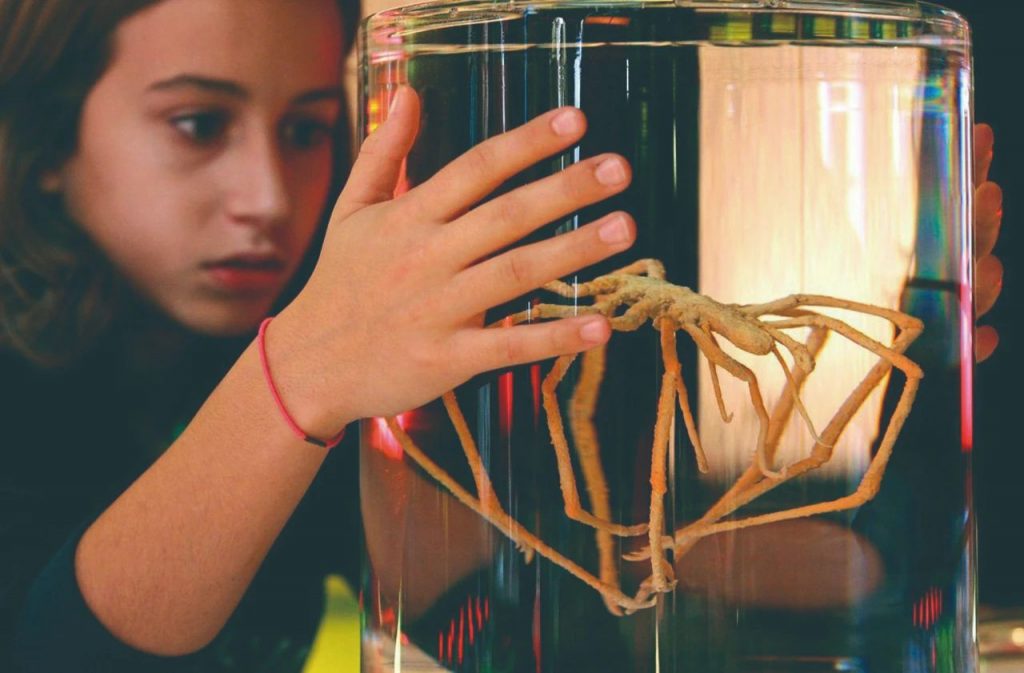
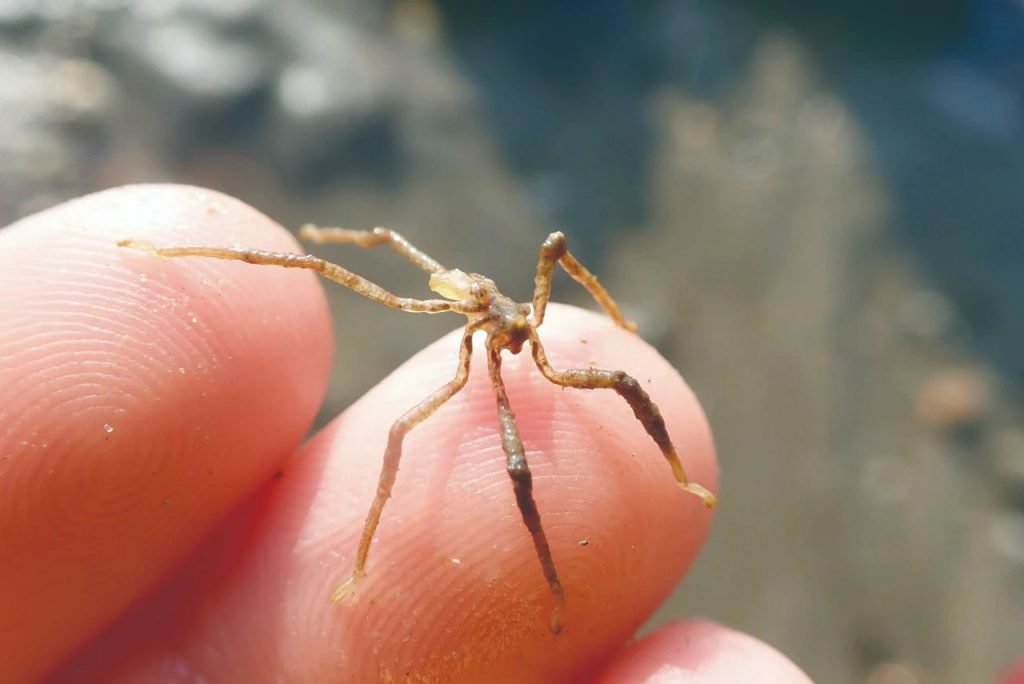
Sea spiders are not real spiders. Some species have 8 legs and some have 10 or even 12. The long and many legs are not only used for movement, but the breathing, digestion, and reproduction of sea spiders are also completed by the legs.
The smallest sea spider has a leg length of only 1 millimeter. In shallow seas, most sea spiders are close to this size; but in the sea at a depth of 7000 meters, some sea spiders have legs as long as 50 centimeters.
Alien armor
On the dim and cold Atlantic ocean floor, the king has feet in a strong armor, just like an alien in a movie. They belong to the isopod and are distant relatives of shrimp and crab.
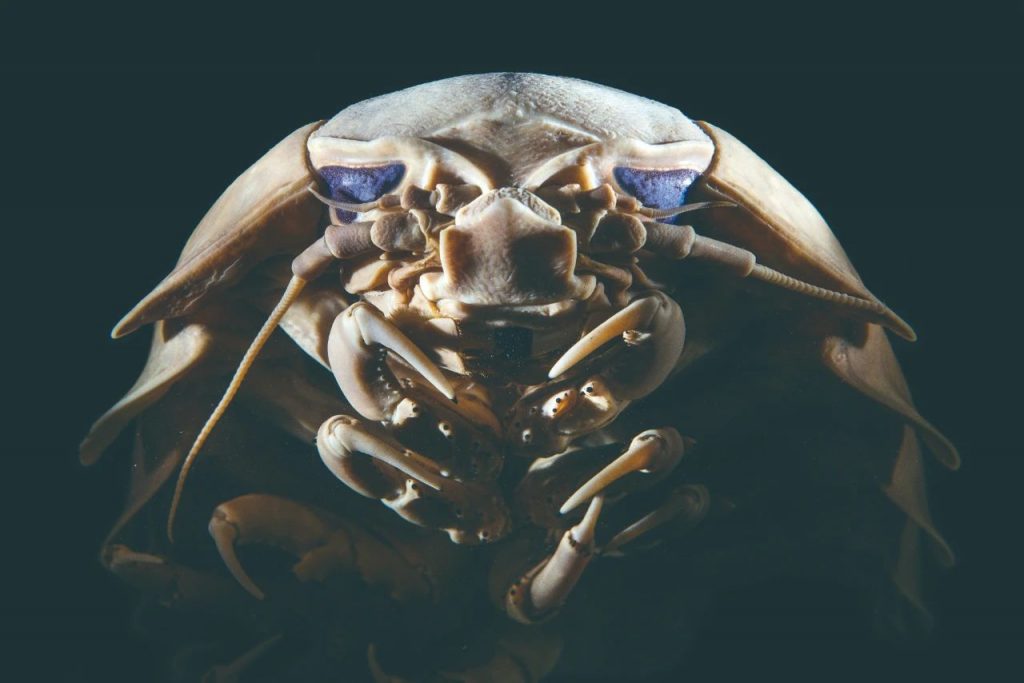
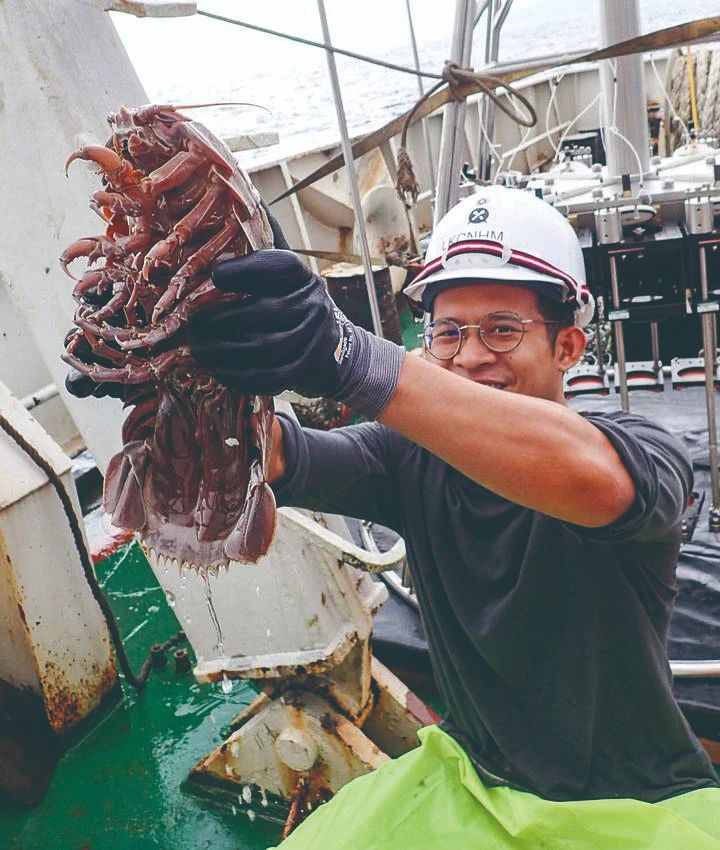
Most isopods are only 1 to 5 centimeters long, but the largest king worms that have been discovered are up to 50 centimeters long, which are actually large.
The king worm feeds on the carcasses of marine organisms. They are sometimes very gluttonous and overeating until they can’t walk; but they are also very good at enduring hunger. One king worm in a Japanese aquarium went on a hunger strike for five years before dying. , Setting the world record for the longest time an animal hunger strikes, but people still haven’t figured out why it went on hunger strike.
Residents in the pipe
In the depths of the Pacific Ocean, hot springs under the sea are like chimneys, constantly emitting toxic chemicals, and giant tube worms live near these chimneys. They hide in the long chitin tube all day long, revealing only the red feather-like organs called “gill feathers”, which absorb hot spring emissions and convert these substances into required nutrients with the help of bacteria.
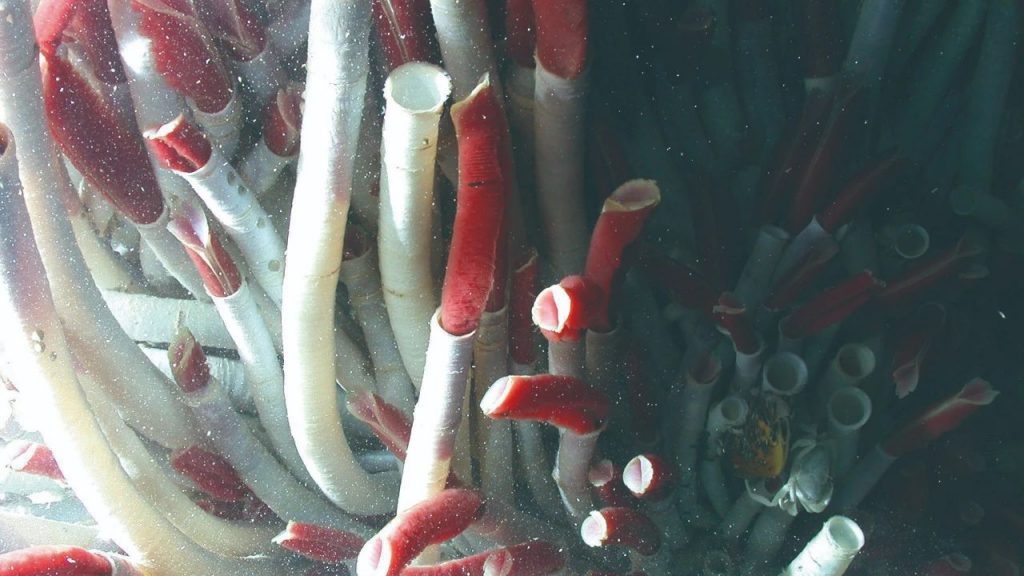
Most close relatives of giant tube worms are no more than 75 cm long, but it can grow to 3 meters long by itself. It is also the fastest growing marine invertebrate, which can grow 1.5 meters in two years.
Toxic Flying Carpet
A “magic flying carpet” drags a long tail and swims slowly on top of the mud. It is a stingray, also called hóng, a distant relative of sharks. The flat “flying carpet” actually belongs to them. pectoral fins.
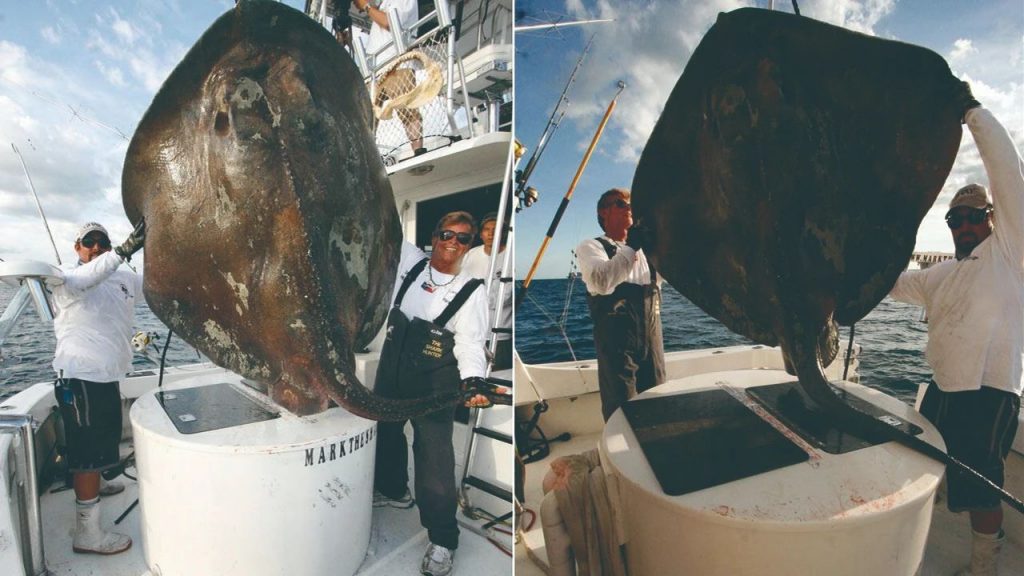
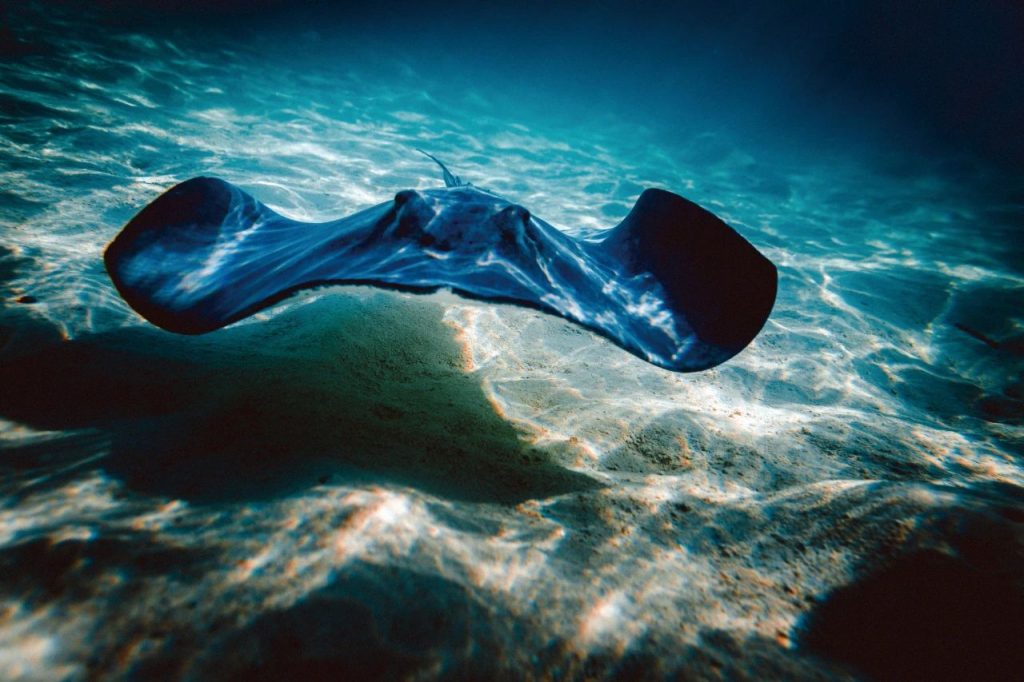
The most common stingray is about 45 cm wide, but the deep-water stingray that lives 600 meters underwater is 1.5 meters wide and 2.7 meters long. It relies on a flexible nose to feed in the sand. Fishermen occasionally catch deep-water stingrays. They must be careful of its tail. The long and thin stingers on it may cause serious injuries.
Gluttonous Big Eater
Most kinds of octopus are generally less than 1 meter long, while the giant octopus in the North Pacific has a total length of nearly 6 meters after its arms are unfolded. It is the largest octopus in the world. They live in the cold sea with a water depth of 65 ~ 2000 meters. They can hide themselves by changing color, wait for the prey to approach, paralyze the prey with eight arms full of suction cups, drag it into their mouth and bite it.

The giant octopus in the North Pacific is the big eater. It can eat fish, shrimp, scallops, other octopus, sharks, and even attack seagulls near the sea surface.
Deep Sea Death
This is the Styx jellyfish, which is very rare. There have been only more than 100 sightings since the last century, but some people believe that they are widely distributed in the deep sea all over the world.
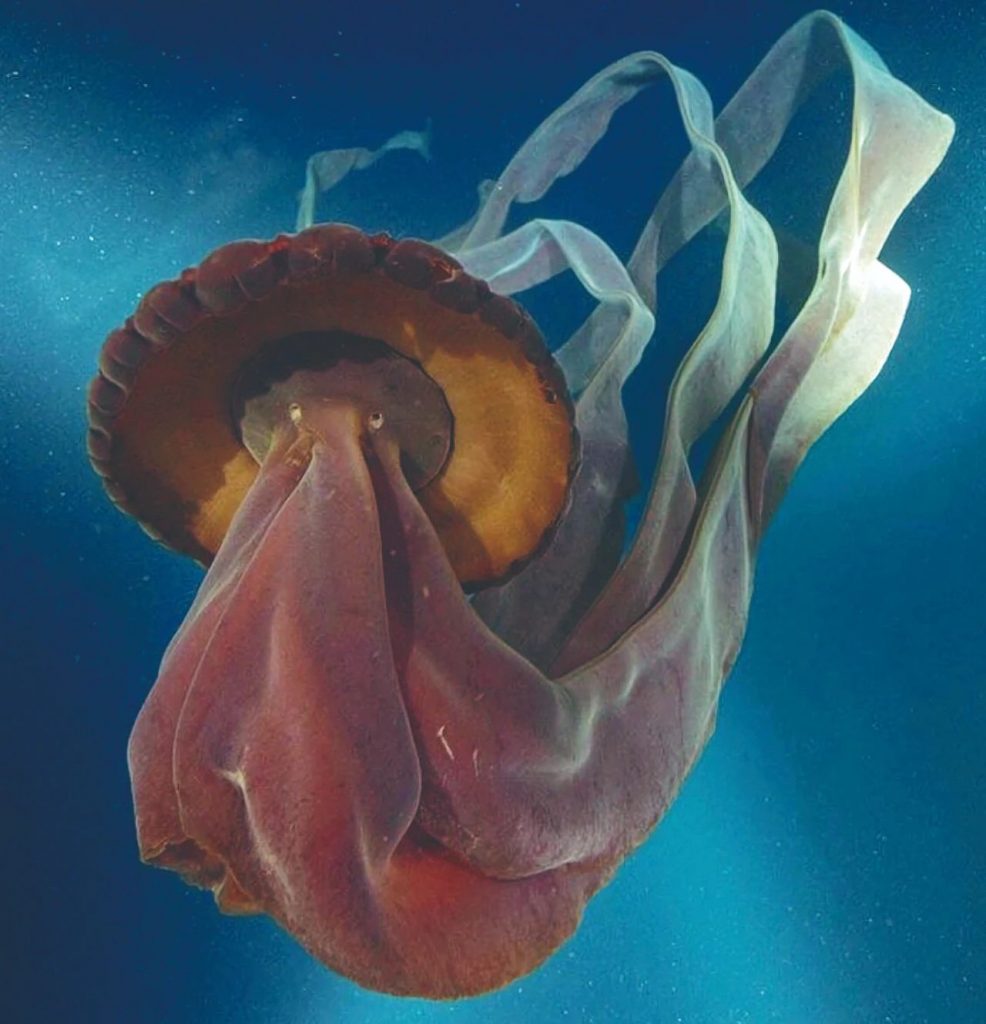
Styx jellyfish is like wearing a big hat. The umbrella cover is 1 meter wide, which is much larger than the common jellyfish. Its four tentacles are 10 meters long and are used to surround and trap prey. They are shaped like the cloak of death. They float faintly in the ocean current and look ethereal and strange.
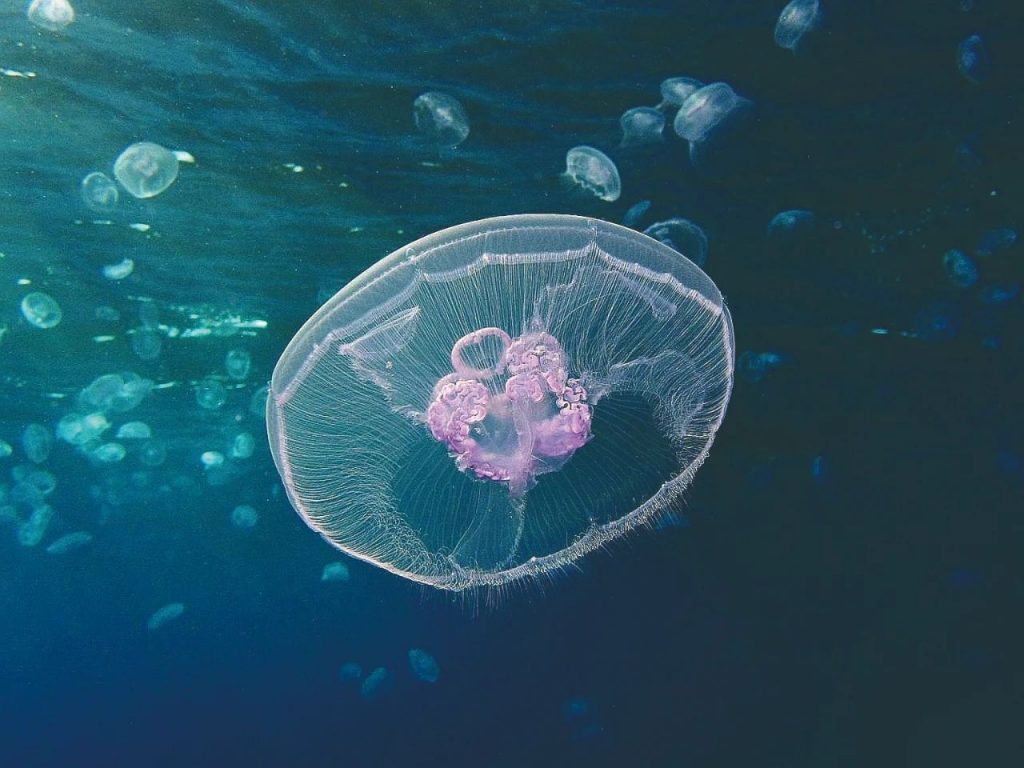
Sea moon jellyfish belonging to the same family as Styx jellyfish often appear on the coast, with an umbrella cover 25 ~ 40 cm wide.
Fake “big hand”
Giant fin squid tries to fan two huge fins forward, and its “big long hand” sways with the water. These “big long hands” are actually fake. Only a small section is a real wrist and foot, and the rest are long filaments hanging from the end of the wrist and foot, just like a person with a long fingernail.
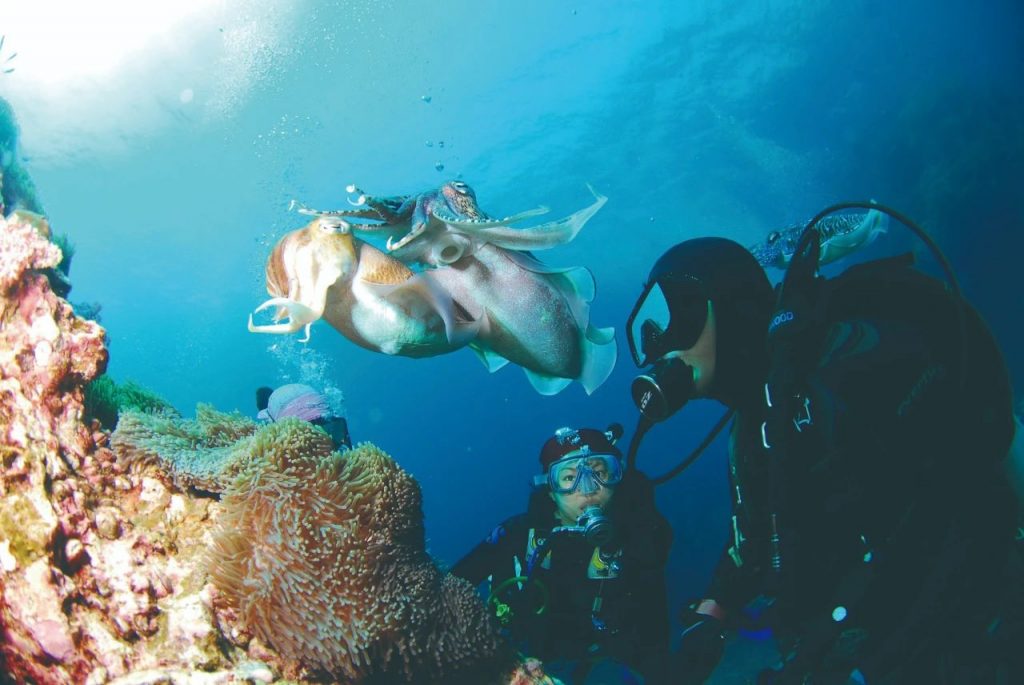
Most squids are less than 60 cm long, but giant fin squid with these filaments has a total body length of up to 8 meters. They appear and disappear. The existing eyewitness records are only a dozen times. People are not sure how they eat.
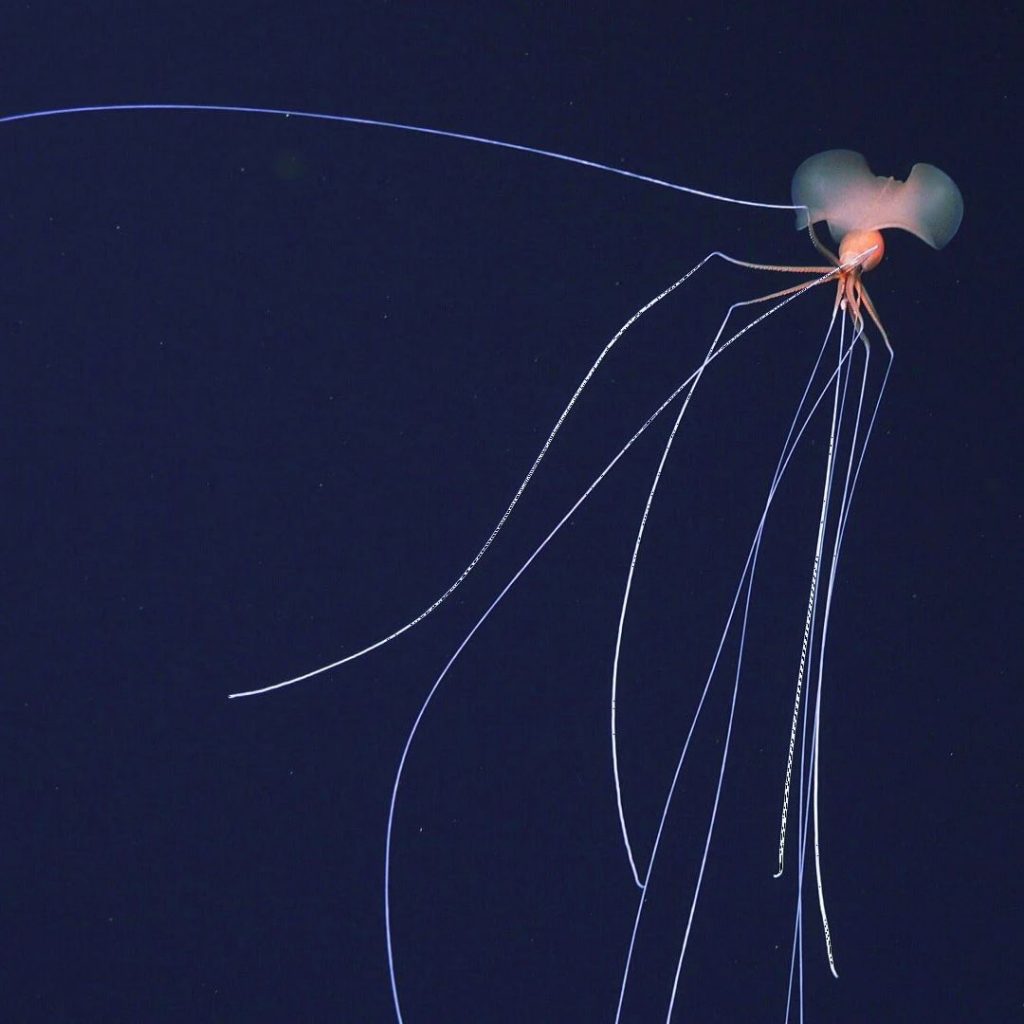
The “big long hand” has obvious folding angles. The real hand (wrist and foot) is only here, and the rest are all filaments.
Deep sea giant
These animals are not really sick. The phenomenon of their “amplification” is called “deep-sea giant”. Scientists believe that it may be caused by low temperature, food shortage, high oxygen concentration, high water pressure, lack of predators and so on.
Dragon Palace messenger
The emperor hairtail is like a silver train, straightening its body and shaking its dorsal fin to push forward in the sea. They have long fins on their heads, which are as gorgeous as the emperor’s crown. Therefore, the emperor hairtail is also called “Dragon Palace messenger” by fishermen.

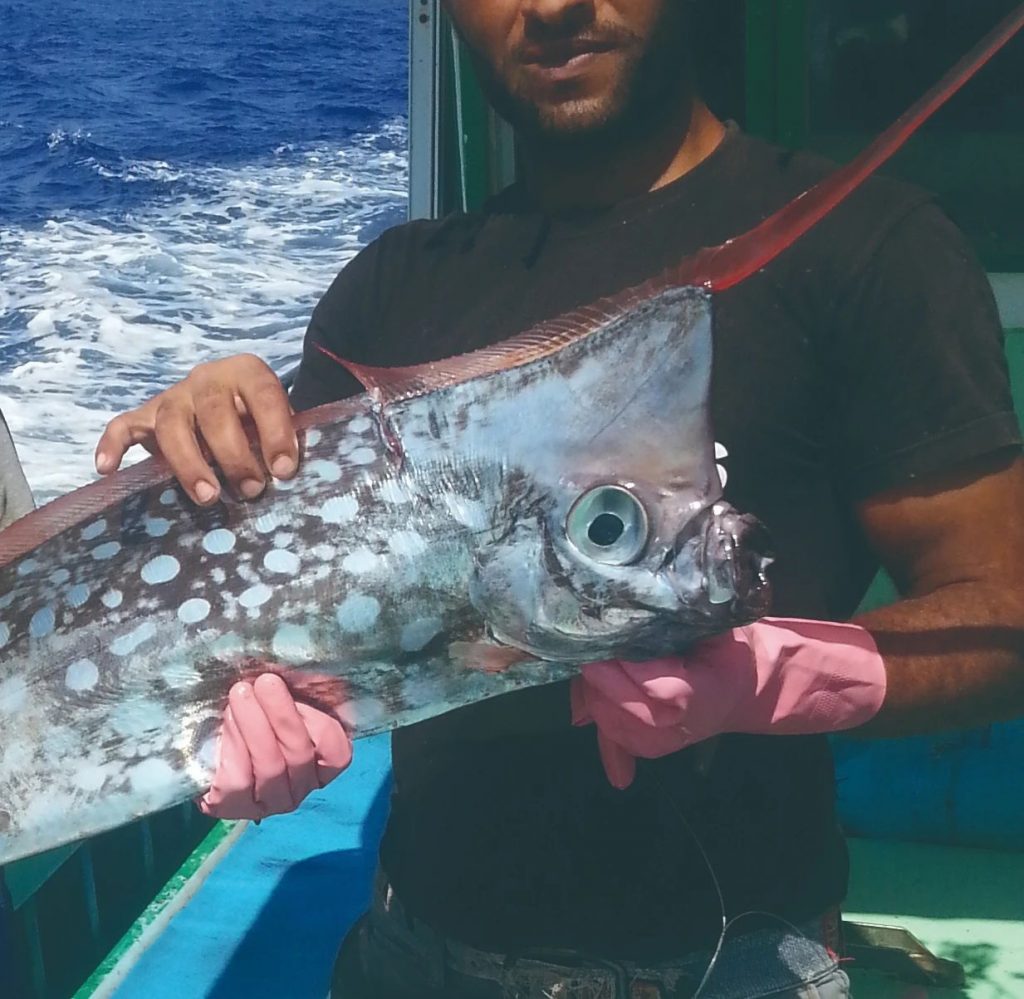
As the longest bony fish in the world, the emperor hairtail has a total length of 8 meters. Some people claim to have seen 17 meter long individuals. Although it looks a little scary, they neither twist their bodies like snakes, nor have sharp teeth, nor even scales to protect their bodies, which is basically no threat to humans.
Comments